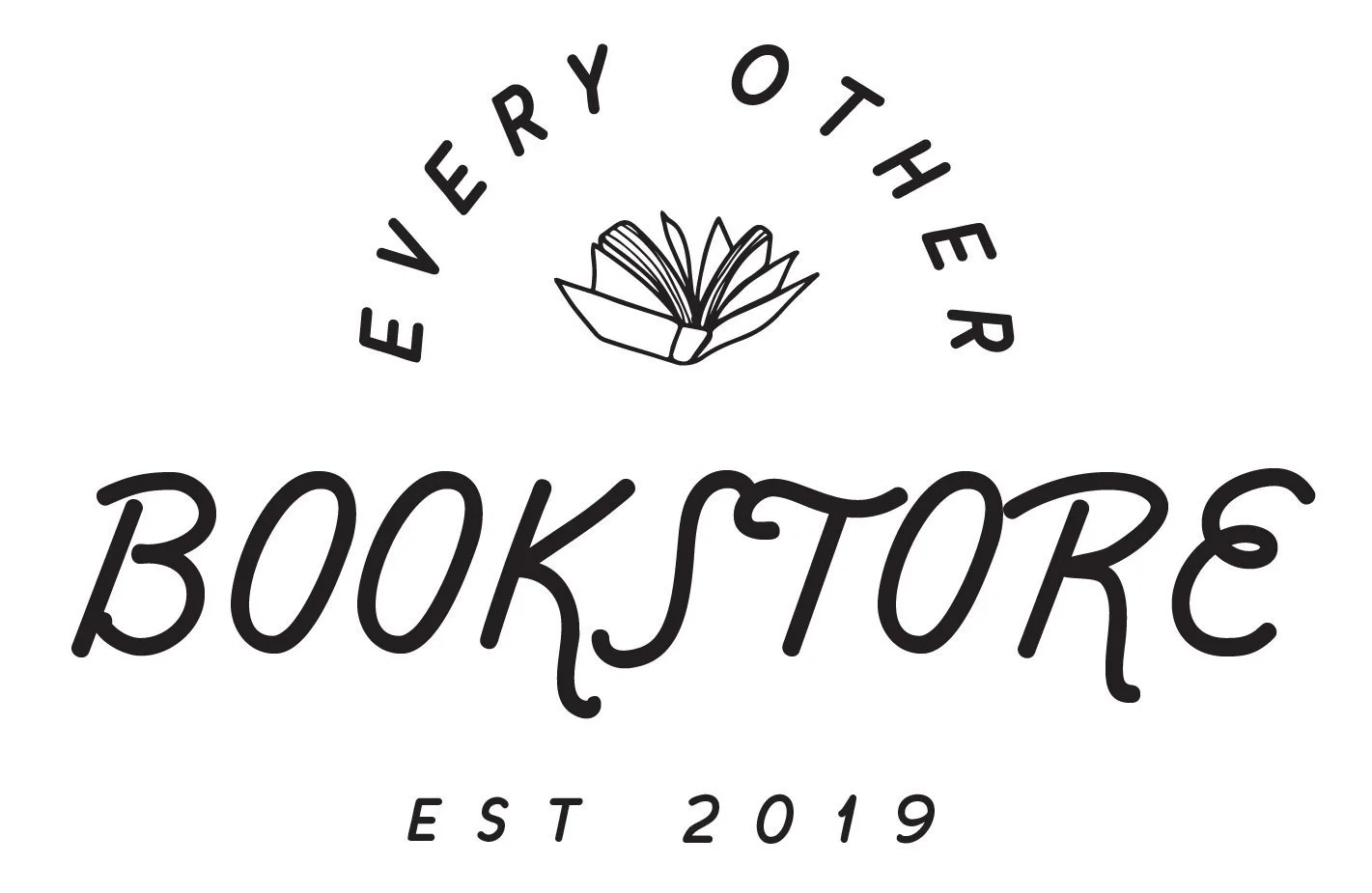Review of Storynomics: Story Driven Marketing in the Post-Advertising World
It is 2017, and I am sitting in a sleek, glass-paneled boardroom with four other candidates. Our resumes, our lives, hang in the balance before the executives across from us. Introductions are made, and I become painfully aware that I am the only humanities major. The internship is for a sales and marketing position at a digital marketing agency. One by one, we answer the questions, nervous, eager to showcase our skills. I take a deep breath. It is the final question: “What specific skills do you bring to the table? What do you offer the team?”
Fast forward: I am offered the internship—the only English major. And my answer, the value I bring to a career seemingly disconnected from my background? “I know how to tell stories.”
Stories have always been part of human nature, shaping chaos into meaning and connecting us to one another. Walter Fisher’s Narrative Paradigm proposes that all human communication is shaped by stories, evaluated by coherence and fidelity (Fisher). Robert McKee and Thomas Gerace’s Storynomics: Story-Driven Marketing in the Post-Advertising World (2018) builds on this principle, showing how storytelling can bridge the gap between brands and consumers in the modern digital landscape. The authors argue that traditional advertising—from TV commercials to online interruptions—has lost impact, and that stories offer a meaningful alternative. But in the urgency of the modern market, one wonders: is “story” alone enough to save a brand?
Storynomics begins with the physiological roots of storytelling. Our brains are wired to create and absorb stories, making narrative a natural way to appeal to emotion and desire. While not new knowledge, applying it in business challenges classical marketing assumptions that humans are purely rational decision-makers (21). Storytelling taps into the emotional side of decision-making, making it indispensable in modern campaigns. The book’s history of advertising, “A Story of Addiction,” traces how interruptive ads have become ineffective, citing studies showing that marketing has changed more in recent years than in the decades since television’s rise (5; xvi). Streaming platforms and millennials’ decreasing tolerance for ads force marketers to innovate.
McKee and Gerace argue that stories can transform consumers from passive viewers into loyal followers. Stories provoke empathy, resonate with human emotion, and build a connection between brand and audience (97). They outline the eight powers that drive a story—self-awareness, other-awareness, memory, intelligence, imagination, insight, correlation, and self-expression—along with the eight stages of story design (40; 91). However, their reliance on a single pop-culture reference—Moneyball—limits the diversity of perspectives in storytelling, privileging a male-centric, sports-focused lens (225). For a medium that emphasizes audience targeting, a broader set of examples would strengthen the book’s applicability.
Many of the skills McKee and Gerace highlight—character development, plot, context—are central to humanities training. Yet the book largely ignores literature, arts, and humanistic study. The intersection of humanities and business remains unacknowledged, even though the skills cultivated in humanities—worldview expansion, emotional intelligence, critical thinking—are exactly what modern marketing demands. Apple is cited as an example of leveraging creative thought to create brands that feel “genuine, authentic, trustworthy” (146), yet the authors call these skills “casual logic” (129), downplaying their value. The unspoken reality is that businesses are finally recognizing what the humanities have always championed: the power of storytelling.
The book emphasizes the shift from ad-centric to story-centric marketing. Through diagrams, charts, and the marketing continuum, readers learn to craft stories that connect with consumers and evoke loyalty. Purpose-driven stories, like Dove’s “Real Beauty” campaign, demonstrate the effectiveness of narratives rooted in lived experience, provoking empathy and driving engagement (78; 86). Jeff Bezos, cited in the book, calls for deeper critical thinking and narrative creation, validating the relevance of humanities skills in business (180).
Yet there is a caution: overuse of “story” risks diluting its meaning. Storytelling in marketing must maintain authenticity, or it risks becoming an empty buzzword. McKee and Gerace suggest that new technologies, from AR to VR, will offer unprecedented storytelling opportunities, and that ethical marketing can merge brand success with social impact (221; 224).
Storynomics provides a technical roadmap for leveraging stories in marketing, but it overlooks the broader context: the human creativity behind storytelling. Writers, directors, actors, and other creatives are the lifeblood of narrative-driven marketing. We are entering an era where boundaries between industries blur, and skills migrate across disciplines. Recognizing and valuing the expertise of the humanities is essential. As Steve Jobs said in 2003, “Technology alone is not enough—it’s technology married with liberal arts, married with the humanities, that yields us the results that make our heart sing.” This ethos underlies Storynomics: stories matter, not only for sales, but for connection, meaning, and shared humanity.
